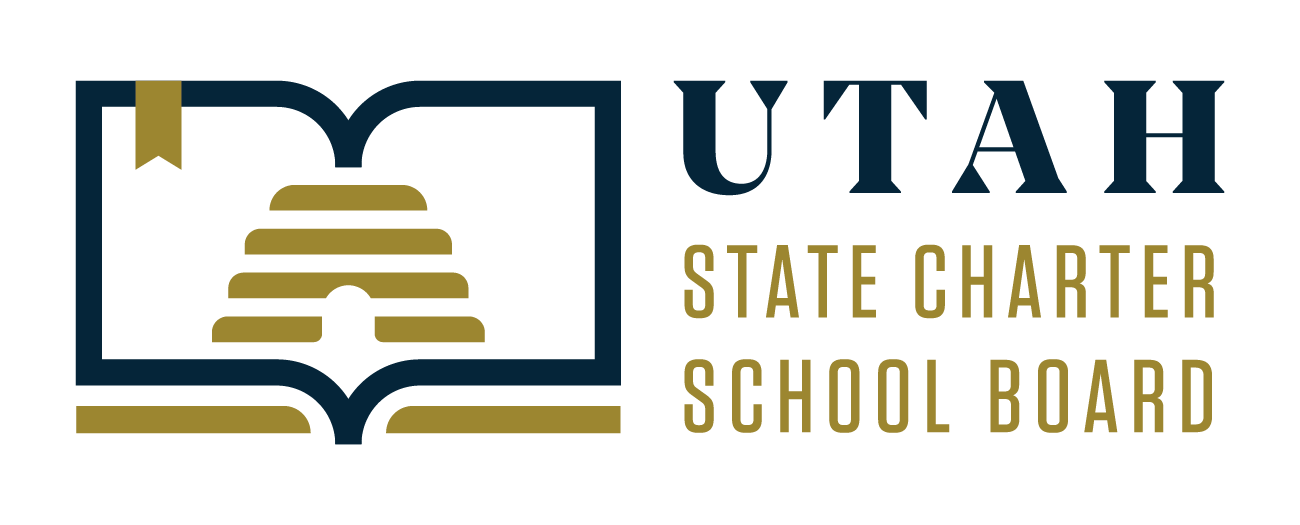PRELIMINARY AND FINAL REPORTS
Only an approved authorizer who promotes, annually reviews, and regularly evaluates school performance may authorize charter schools. Authorizers hold charter schools accountable for their performance following statutes, administrative rules, and each school’s unique charter agreement. The Utah State Charter School Board (SCSB) upholds stringent standards of authorization and oversight to ensure that charter schools use public funds as intended. By maintaining high standards, SCSB ensures the long-term viability of schools and mitigates potential underperformance using the Charter School Accountability Framework (CSAF).
As part of the CSAF, the Financial Framework is one of the three key indicators, alongside academics and governance, that form the foundation of SCSB's oversight process.
The business rules included for each Metric is based upon industry standards but further conversation is needed. Each Metric should be looked at through the following Financial Framework Values lens:
FINANCIAL FRAMEWORK REPORTS
Displays the overall financial performance of Charter LEAs authorized by the SCSB.
3 year aggregated : Sum of 3 years' change in net position/Sum of 3 years' total revenues
2 year aggregated: Sum of 2 years' change in net position/sum of 2 years' total revenues
Debt Service = Annual Principal + Interest
Notes Section of the Audited Financials.
| LEA | Unrestricted Days Cash On Hand (ST) | Deficit/Surplus (ST) | Debt Default (ST) | Salaries and Benefits Ratio (ST) | Total Margin (LT) | Debt Service Coverage Ratio (LT) | Material Audit Findings (LT) | Facility Ratio |
|---|
